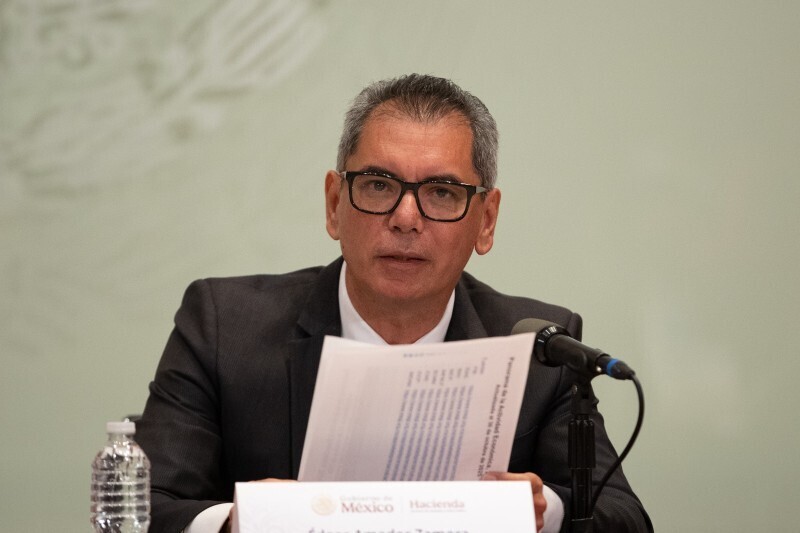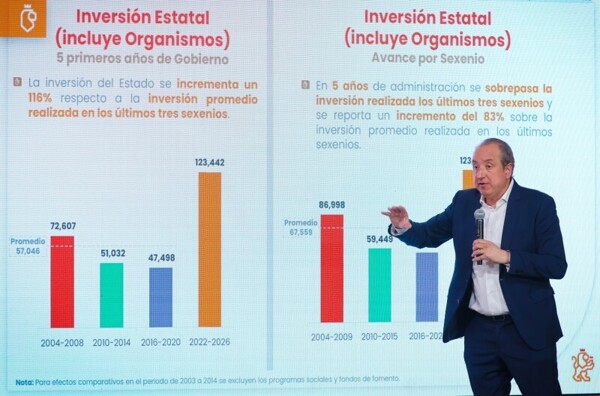
The forecast for 2026 anticipates stronger pressures from taxes and wages, with a general inflation of 4.3% and underlying inflation of 4.2% by the end of the year. This figure was influenced by seasonal increases in electricity tariffs after the end of summer subsidies in several cities, as well as hikes in public transport and some agricultural products. The underlying inflation, which measures the prices of more stable goods and services such as processed foods, housing, tuition, or restaurants, and therefore offers a clearer picture of the medium-term inflationary trend, rose by only 0.04% biweekly and remained at an annual 4.32%, virtually unchanged and in the 4.2-4.3% range it has been in since May. Even so, it was noted that this data does not change the Bank of Mexico's plan—that is, it will proceed with the rate cut in December—as long as the exchange rate remains stable. For Gabriela Siller, an analyst at the Base Financial Group, the annual inflation was below 4% for nine biweekly periods, but the process of convergence of underlying inflation to the Bank of Mexico's 3% target has 'stalled.' The non-underlying component rose to 1.29% annually, affected by energy products and government-approved tariffs, which rebounded to 2.66%, their second consecutive biweek above 2%. She also warned that 'inflation in services continues to be the main source of concern,' particularly due to increases in airfare and tourism, which are seeing increases more than double those of last year. According to her projections, non-underlying inflation will continue to rise due to a less favorable comparison base and recent adjustments in transport tariffs. At Banxico, they warn of greater economic weakness and the discussion about rate cuts is expanding. Marco Oviedo, a senior strategist at XP Investments, agreed that the surprise came from the non-underlying component, especially in fruits and vegetables, where he highlighted the strong 4% biweekly increase in tomatoes. In agriculture, on the other hand, it fell 0.41% annually, which moderated some of the impact. For 2026, analysts anticipate stronger pressures from taxes and wages, with general inflation above Banxico's target. Looking ahead, Banamex maintains its projection for the end of 2025 at 3.9% for general inflation and 4.2% for underlying inflation. Siller also alerted that the minimum wage could rise by about 12% and that the 2026 Economic Package includes higher tariffs and increases to the IEPS, factors that could keep inflation above the target. Within the component, goods fell 0.19% biweekly, while services increased 0.25%, pressured by food and tourist services. At Banamex, they focused on the fact that general inflation increased due to transport and agricultural tariffs. INEGI reported that the National Consumer Price Index rose 0.47% in the period, bringing the annual rate to 3.61%, above the previous biweek's 3.5%. Inflation accelerated again in the first biweek of November. The bank's economic studies area highlighted that underlying inflation continues to show persistence and that a 'temporary reversal' was observed between goods and services, but they expect gradual increases in goods and a moderation in services in the coming biweeks.













